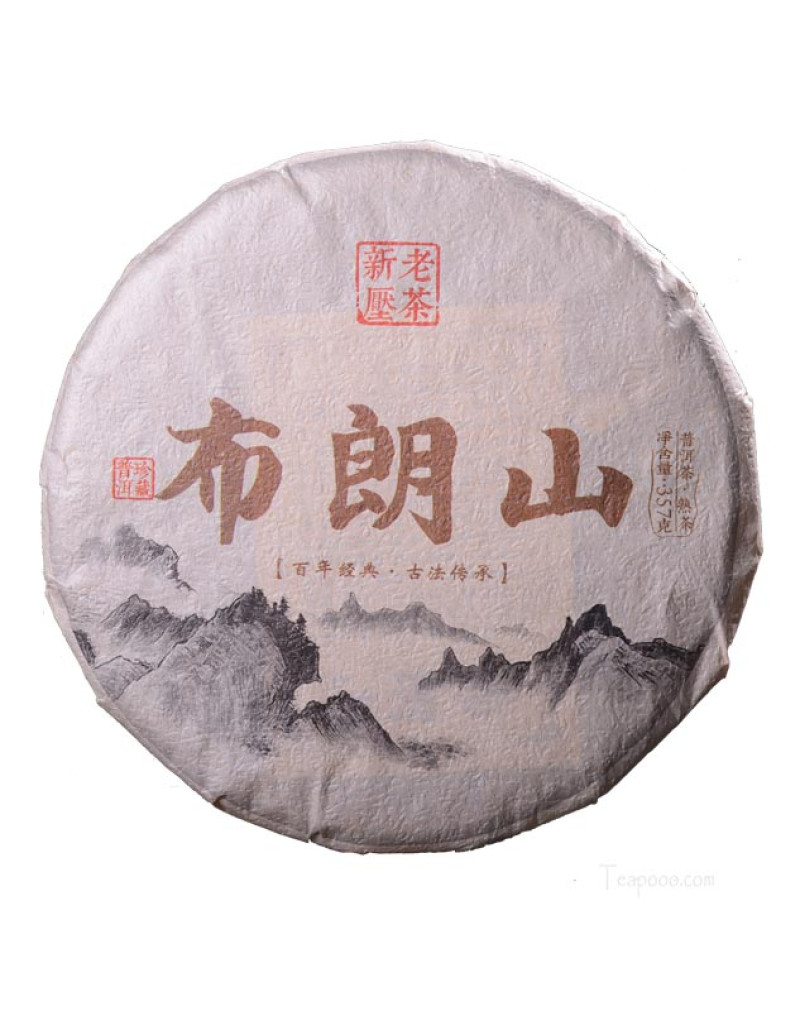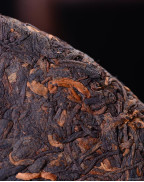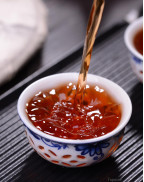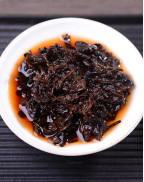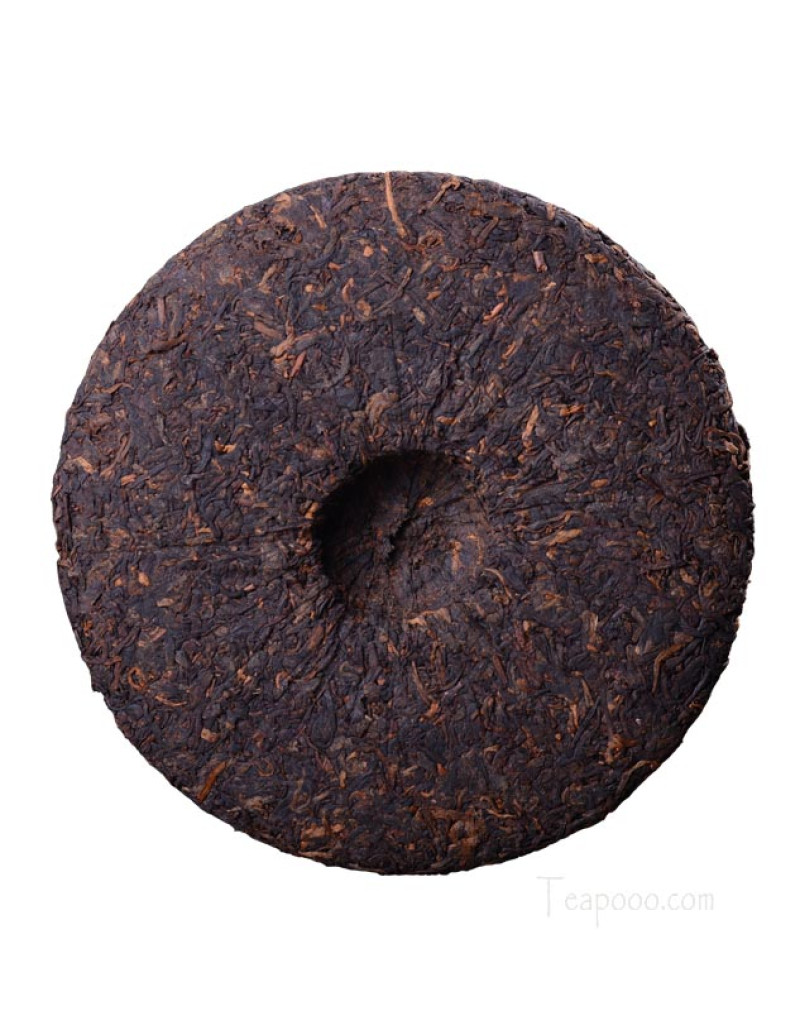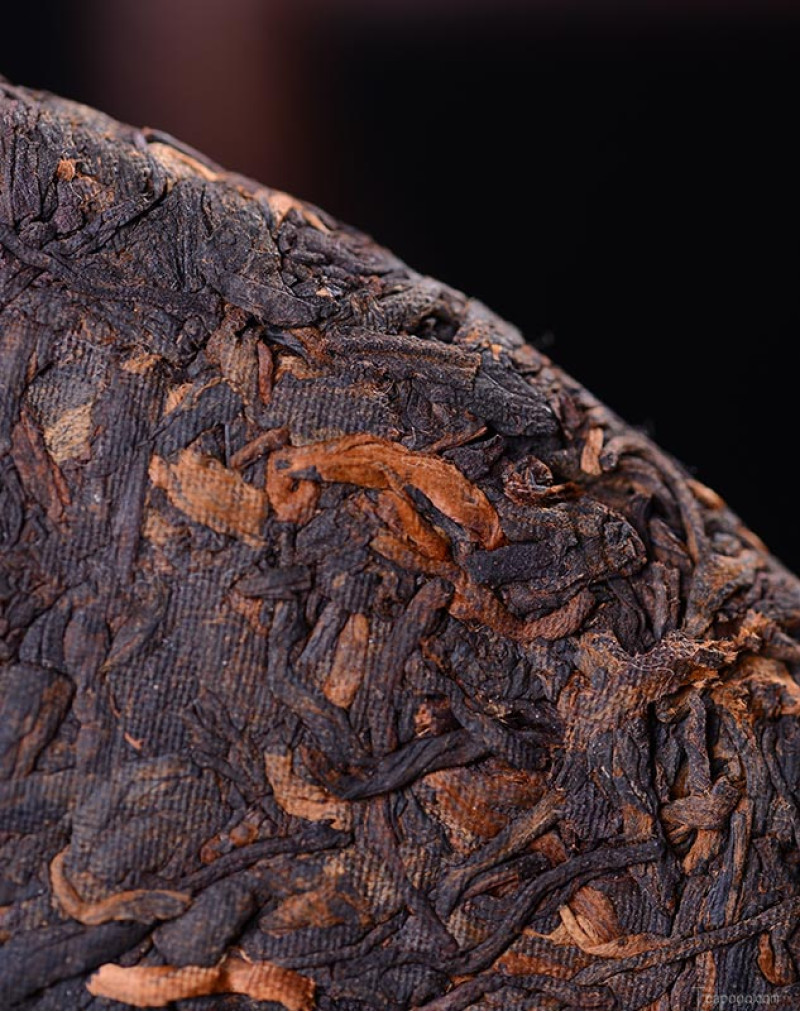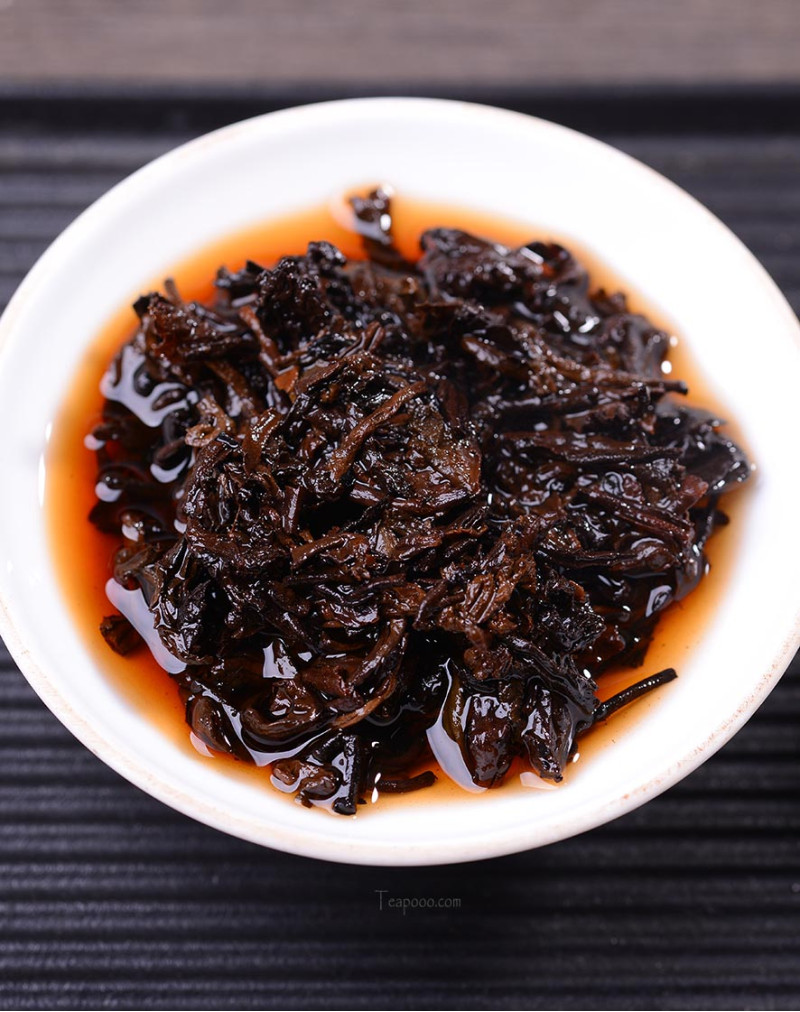Classic Bulang Mountain Ripened Pu-erh tea
- Product Code: Simple
- Availability: Out Of Stock
Basic Info
Name: Classic Bulang Mountain Ripened Pu-erh tea
Origin: Menghai, Yunnan
Taste & Aroma: Thick, lubricating and aromatic, sweet, warming feeling
Item Form: Tea Cake (357g)
Liquor: Deep, dark reddish
Season: Spring tea
Ingredients: Hand-picked natural tea buds and leaves from Arbor tea trees
Storage: Store in dry and temperate condition. Keep away from odors. The longer it stored, the better it tastes.
Caffeine: Low
Shelf Life: 10 - 20 years
Flavor: unflavored
Harvest Period: 2020
Sourcing : Teapooo ( Aged in Kunming, Yunnan in a traditional dry storage condition for 2 years)
Classic Bulang Mountain Ripened Pu-erh tea
Bulangshan township is located in the south of Menghai County, Yunnan Province. The government of Bulangshan township is more than 90 kilometers away from the county seat. It borders Menglong Town, Jinghong City in the East and Myanmar in the South and West. The border line is 70.1 kilometers long. It is the only Bulangshan nationality township in China.
Climate and Topography
ocated in Menghai County, Xishuangbanna, close to the border between China and Myanmar, Bulang mountains area is a famous Pu'er tea producing area and one of the most preserved ancient tea gardens. Brown mountain area covers an area of more than 1000 square kilometers. Bulang mountains township includes Banzhang, Laoman'e, Manxinlong and other villages, among which the oldest Laoman'e has a history of 1,400 years. The Bulang people are descendants of Baipu, who have lived in the Bulang Mountains for generations. They are the first people in the world to cultivate, make and drink tea.
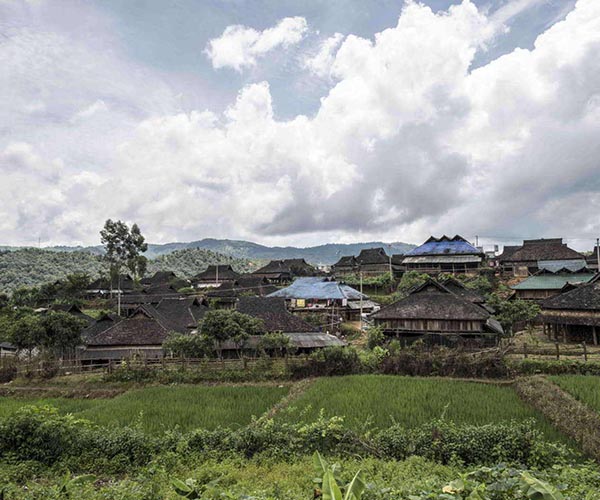 A Bulang Village
A Bulang Village
Show Full Description
The terrain in brown mountain area is characterized by undulating mountains, which are high in the northeast and low in the southwest. This area has a good ecological environment, with an altitude of 535-2082 meters and a forest coverage rate of 67%.
Enjoying a subtropical monsoonal climate, Bulang mountains region is blessed with plentiful rain and a sunny weather. Annually,the average temperature is about 18℃~21℃, the average precipitation is 1,374 mm and basically no frost throughout the year or the frost period is very short.
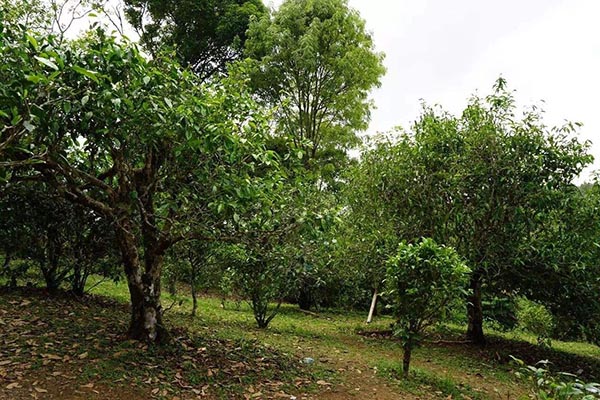 The ancient tea plantation at Bulang Moutains
The ancient tea plantation at Bulang Moutains
There are two seasons in a year, dry and wet. The maximum evaporation occurs from March to April, and the minimum evaporation occurs from November to December. The annual evaporation is greater than the rainfall. When it is in winter and spring, it is often foggy, and when it is in summer and autumn, it is more cloudy and rainy. The annual sunshine time is only 1782 ~ 2323 hours. Due to the influence of warm air flow from the Bay of Bengal in summer and autumn, but controlled by the dry and warm westerly air flow from the Indian peninsula in winter and spring, and blocked by mount Ailao and Mount Wuliang in the north, the climate characteristics of "no cold winter, no hot summer, like spring all the year round" have been formed in the BuLang Mountains area.
History
Brown mountain area has a long history of tea planting. The old tea trees preserved so far in old man'e, old banzhang and new banzhang show that brown nationality began to plant tea more than 1,000 years ago.
Without artificial fertilization and the influence of pesticides, the tea in brown mountain is a green and healthy ecological tea, so it is highly praised by tea lovers all over the world.
Characteristics of Bulang mountains Pu'erh tea
The taste of tea produced in each village of brown tea is relatively different. Generally, the characteristics of raw tea in brown mountain are: the aroma of tea is rich, the tea soup has fruit aroma, the color of tea soup is bright, the taste is strong, thick and strong, and the irritation is strong.
Why do most of the Ripened pu'er tea on the market come from brown mountain?
1. There are many tea trees in brown mountain area and the tea planting area is also large. Whether raw or cooked Pu'er tea, in terms of scale, the tea production scale in Bulang mountains area is many times larger than that in Yiwu mountain area.
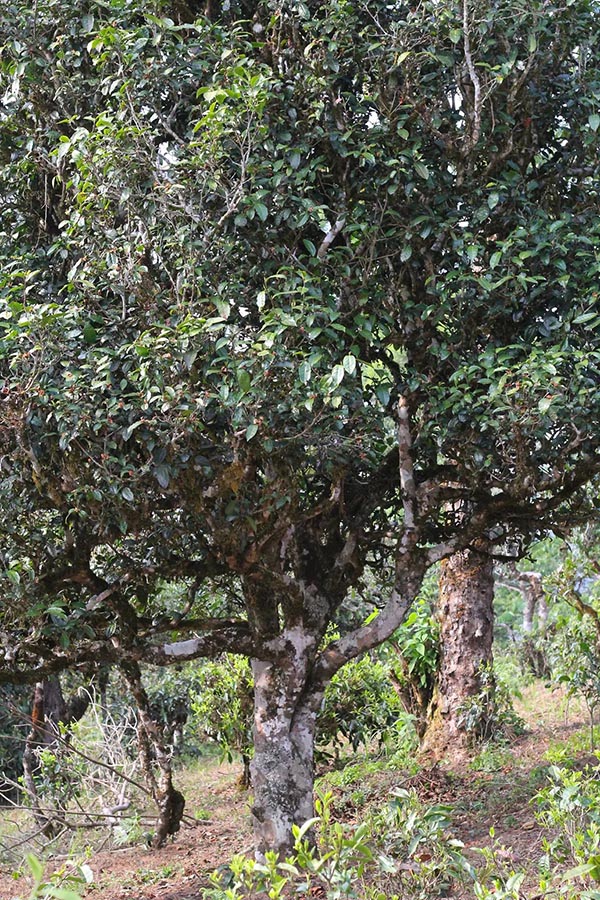 Ancient tea trees on Bulang Moutains
Ancient tea trees on Bulang Moutains
2.Low price and strong taste are the characteristics of cultivated Taidi (terrace) tea of Bulang mountains , but when they are (渥堆) heaped and fermented, they have a thick texture that many people like.
3.Many large factories had been built there, and the hot products of these factories were produced with the main materials from the Bulang mountains area.
| Chinese Gongfu Method | |
| Tea | 10g |
| Water | Teapot 6oz (170ml) |
| Time | 3-5 mins |
| Temperature | 100ºC/212ºF |
| Teapot Method | |
| Tea | 3-10 mins |
| Water | 12 oz (355 ml) |
| Time | 212℉ / 100℃ |
| Temperature | 100ºC/212ºF |


